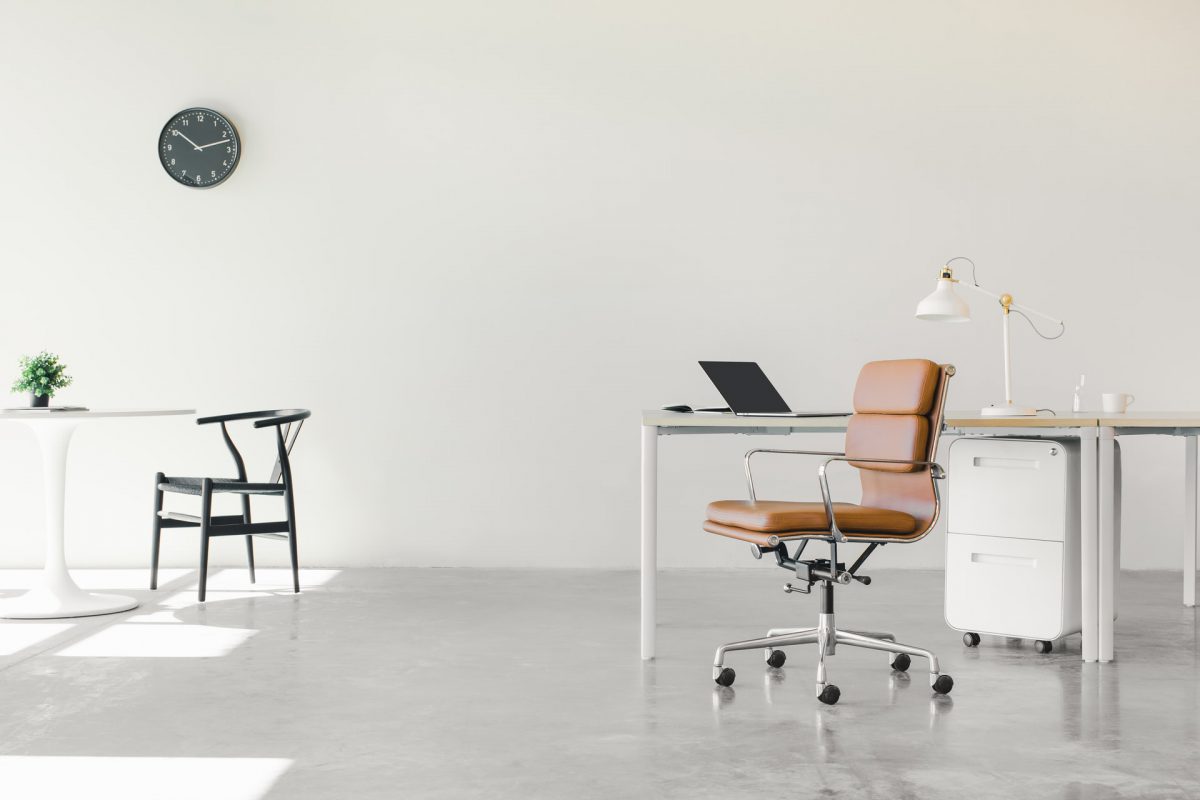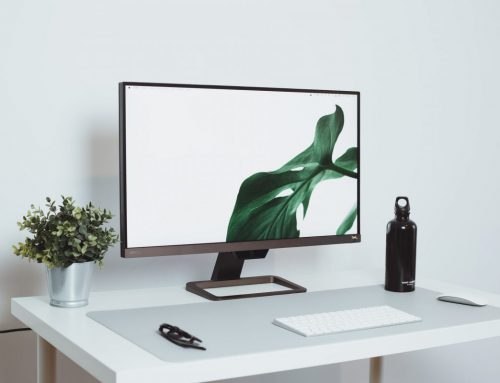People usually spend at least 8 hours at the office every workday – or even more. For this reason, it is essential to ensure a good atmosphere so that workers can be productive and healthy, both physically and mentally. This is where office ergonomics come in: the study of designing equipment, devices, and processes, so they fit the human body. Read our tips for having a good and healthy office.
The basics of office ergonomics: properly set up desks and monitors
Office workers spend most of their time sitting behind a desk. But many doctors say that sitting is the new smoking. Studies show that prolonged sitting can increase the risk of heart disease, cancer, depression, and anxiety. Unsurprisingly, it also weakens the legs and can increase the risk of falling and injuring yourself. What is worse, exercise is not enough to combat these dangers. What can you do then?
First, make sure that you and your workers sit at comfortable desks and chairs. The best posture to sit at the desk before a computer is when the computer is at arm’s length and the screen is at your eye level or slightly lower. Also, make sure that there is enough clearance for your knees and legs under the table. Many offices today invest in standing desks. However, it is best to get an adjustable table because too much standing is also not healthy. People even make standing desks themselves! Check out these DIY standing table ideas here.
Regarding the keyboard, your wrists should be straight and at the level of the elbows or slightly below. Also, it is best to keep the most important things easy to reach on the desk.
Ergonomic office chairs
Good chairs are another key factor in ensuring good health in the office. Chairs should match your spinal cord. It should also be adjustable, both its height and backrest. Your knees should be at the same level as your hips, and the feet should be straight on the ground: use a footrest if needed. There should also be some space between the edge of the seat and and your calfs when you sit all the way back.
Also, chairs with arms are better. Armchairs provide support for your arms. You can reduce neck and shoulder pain this way. Learn more about chairs with armrests here.
Poor conditions can lead to injuries over time, which costs both time and money. On the other hand, good office ergonomics leads to increased productivity, morale, and reduced employee turnover.
Separate the eating area from the working area
Eating at your desk is one of the worst things you could do at an office. You both can get crumbs on your keyboard and not make much of your break. Also, it can increase the bad habit of eating mindlessly while surfing, which can lead to weight gain.
A separate eating area will ensure that you and your workers will get out of the working space and focus on eating and the break. It will lead to more productivity when they come back to work.
Bring nature into your office
Nature decreases stress. It is proven scientifically: studies show that looking at indoor plants for only 3 minutes reduces stress among office workers. So, definitely get plants! Go for green, leafy plants rather than cacti. Cacti spikes might create an aggressive rather than relaxing feeling. Sansevieria plants can improve air quality in your office. But avoid flowers with strong scents because they might become distracting or even irritating.
However, if you can set up an office with windows towards a forest or a park, it could be even better. It might also be more ergonomic and cheaper: bringing many plants can clutter the office a bit.
Learn more about office design for mental health.
We hope you now know a bit more about office ergonomics. These tips do not apply just to big offices: you can also easily use them for home offices.
Read about developer salaries in US, UAE, and Ukraine.








Leave A Comment